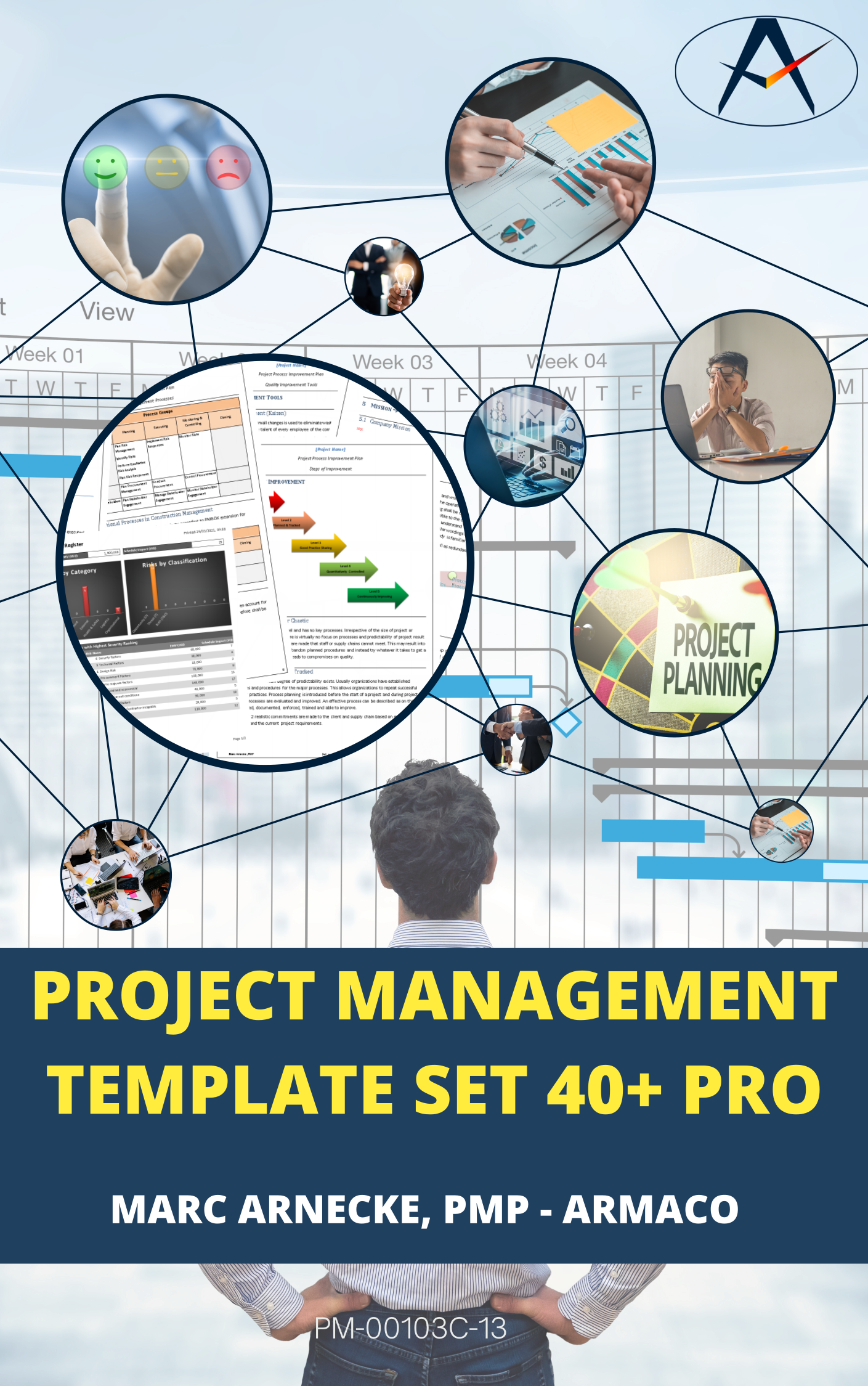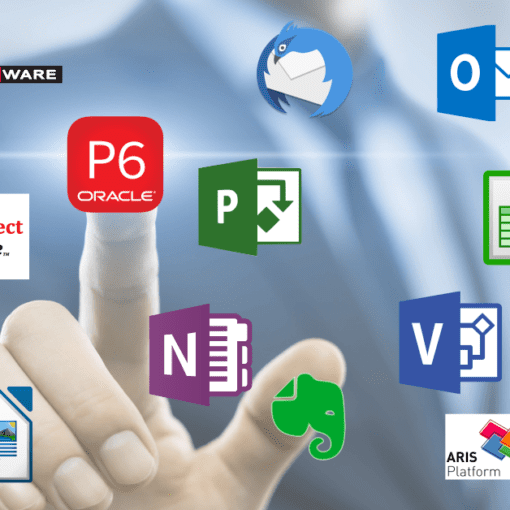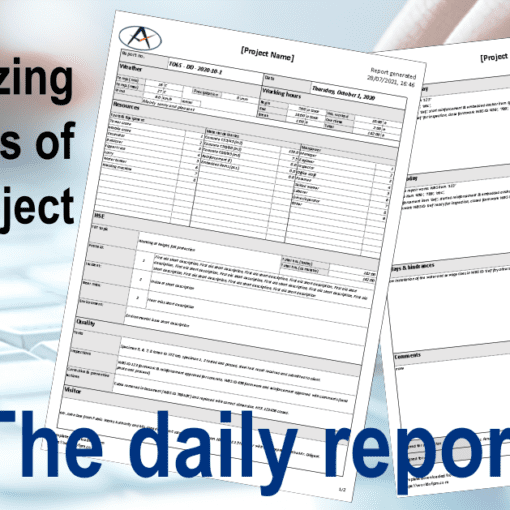Project Quality Management is an important part in project management (PMBOK®). You find hereafter the definition and the processes. Templates such as the project quality management plan, testing registers, and more are included in the project management template set. I developed the templates over time from real-life documents. The Quality Management Plan is a component of the Project Management Plan. It describes how the organization's quality policies will be implemented.
Definition (PMI™)
Project Quality Management includes the processes and activities of the performing organization that determines quality policies, objectives, and responsibilities so that the project will satisfy the needs for which it was undertaken. Quality management uses policies and procedures to implement, within the project's context, the organization's quality management system, and, as appropriate, it supports continuous process improvement activities as undertaken on behalf of the performing organization. Quality management works to ensure that the project requirements and product requirements are met and validated. (PMBOK® Guide)
Project Quality Management Processes
The PMBOK® Guide defines project quality management as the processes required to ensure that the project will satisfy the needs for which it was undertaken.
Plan Quality Management
Plan quality management is the process of identifying quality requirements and/or standards for the project deliverables, and documenting how the project will demonstrate compliance with quality requirements and/or standards.
Manage Quality
Manage quality is the process of translating the quality management plan into executable quality activities that incorporate the organization's quality policies into the project.
Control Quality
Control quality is the process of monitoring and recording the results of executing the quality management activities to assess performance and ensure the project outputs are complete, correct, and meet customer requirements.
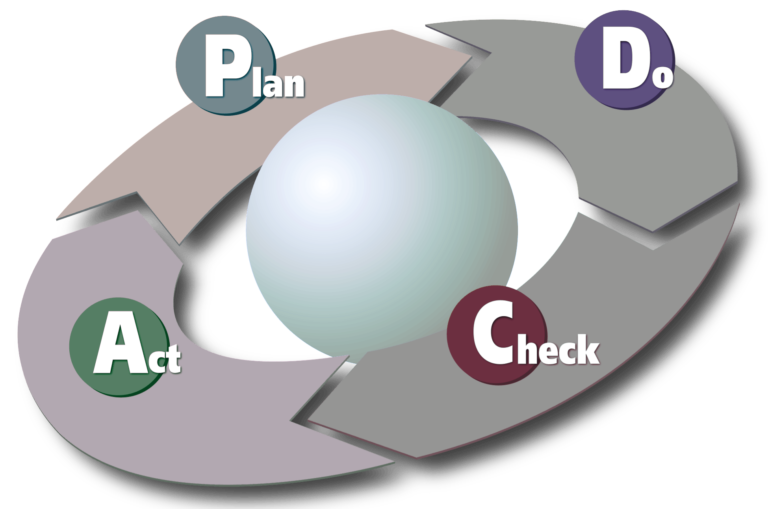
Client Satisfaction
PMI further defines quality as the degree to which a set of inherent characteristics fulfills requirements.
It is therefore clear that the quality of a product or service is redefined on a case-by-case basis and is based on the client's requirements. Therefore, the complete collection and the exact understanding of the requirements is of great importance. For a project manager, there are three main concepts to follow in project quality management:
- Client Satisfaction,
- Prevention over Inspection, and
- Continuous Improvement.
It is important to remember that quality refers to both, product quality and project quality. They differ insofar as the product quality refers to the finished result and its usability. On the other hand, project quality is more about how the result came about. For example, was the environmental impact during the project execution reduced to an unavoidable minimum, were reports provided timely and including the necessary information, etc.? The focus in the evaluation is clearly on the client, she/he alone defines quality and decides whether ultimately product and project meet the quality requirements.
Requirements must be clearly stated so they cannot be misunderstood. Measurements are then taken continually to determine conformance to those requirements. The non-conformance detected is the absence of quality. Quality problems become non-conformance problems, and quality becomes definable.
Cost of Quality
To reach the required quality level costs money. This is also called the "cost of quality". These costs can be divided into two areas.
Cost of Conformance
The cost of conformance includes prevention and appraisal costs and basically is money spent during the project to avoid failures.
Prevention cost includes preparatory expenses such as training, provision of adequate tools, establishment of specifications for incoming materials, sufficient time to carry out work, etc. Appraisal costs are those for quality verification such as tests, inspections and the like, as well as quality audits that confirm that the quality system is functioning correctly.
It is clear that all tests and inspections will not help unless proper tools are available to adequately carry out the work. On the other hand, inspections and follow-up inspections can be reduced the better the work is done from the beginning. It is also said that quality is not inspected in a product, but can only be built in.
Cost of Non-Conformance
Cost of non-conformance is money that is subsequently spent because of failures. These costs are divided into internal and external failure costs. Internal failure costs are incurred to remedy defects discovered before the product or service is delivered to the client. These costs occur when the results of work fail to reach quality standards and are detected before they are transferred to the client. External failure costs are incurred to remedy defects discovered by clients. These costs occur when products or services that fail to reach quality standards are not detected until after transfer to the client. Since these can also include reputation losses and associated market share losses, they can get really expensive.
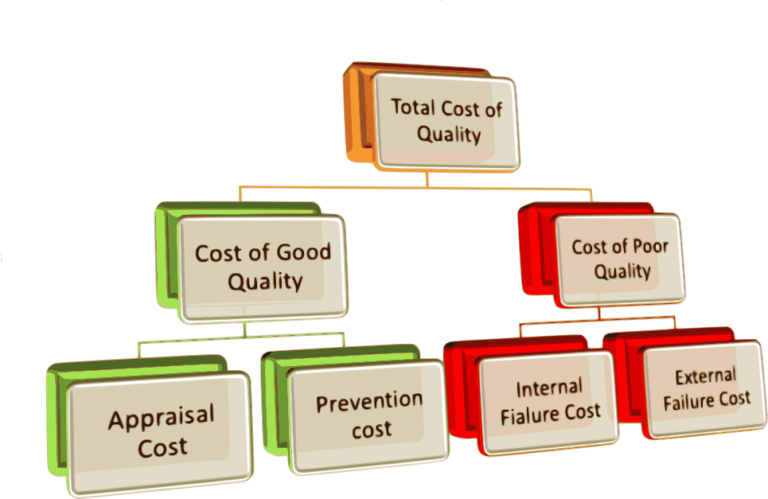
Continous Improvement
Continuous improvement is a concept that exists in all major quality management approaches. Continuous improvement describes the endeavor to continually optimize processes. Thereby it does not matter if it's a marginal improvement or a groundbreaking change. Any improvement is always a step forward. An important starting point is to learn from mistakes and to avoid a repetition of the same. Documenting lessons learned and availing them to other concerned people is a good step in the right direction.
How to Write a Project Quality Management Plan?
Quality assurance or quality control plans evaluate and/or modify an organization’s procedures to help ensure they provide the desired results. Quality control plans are often viewed as a set of instructions that should be followed. They document the planning, implementation, and assessment procedures for a project, as well as any quality assurance or quality control activities.
Some areas may be more detailed than others, based on the project, process, or organization’s needs. It is important to note that each plan is unique based on the organization’s needs. However, quality control plans should always have a structure that permits improvements to the plan. This allows employees to offer input on how to improve efficiency and quality. In addition, the plan should be reviewed by others periodically, including stakeholders, to ensure the plan is comprehensive (American Society for Quality).
Templates
You find useful templates project quality management in my project management template set.
The templates included are:
- Project quality management plan template,
- Process improvement plan template,
- Test register,
- Concrete register,
- Inspection register,
- NCR register.
No related posts found

